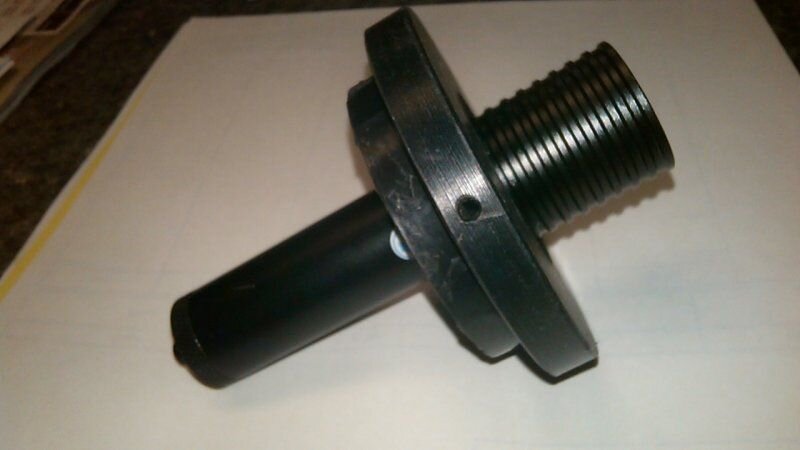Even with the changes in industrial 3D printing over the past few years, the product cost remains far too high to mass produce. The available consumer 3D nylon filament builds are too rigid. Unlike molded nylon, which has greater flexibility and a smooth finish, the printed parts stick and break easily.
If there is any interest for building one off units for personal use, we could release the .eprt or .ais files for 3D printing. Drop me a PM (Conversation) and we will work out the details.
I wish to publicly recognize the Project Designer, Fred Learning. As a fellow satellite hobbyist eager to find a better way to align scalars and feedhorns, he volunteered many, many hours on this project and shared his considerable knowledge of the design and production process. I know that we both were disappointed with the cost analysis and the failure to place the LFA into production.
If there is any interest for building one off units for personal use, we could release the .eprt or .ais files for 3D printing. Drop me a PM (Conversation) and we will work out the details.
I wish to publicly recognize the Project Designer, Fred Learning. As a fellow satellite hobbyist eager to find a better way to align scalars and feedhorns, he volunteered many, many hours on this project and shared his considerable knowledge of the design and production process. I know that we both were disappointed with the cost analysis and the failure to place the LFA into production.








